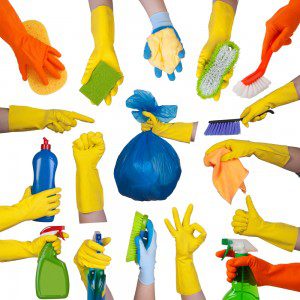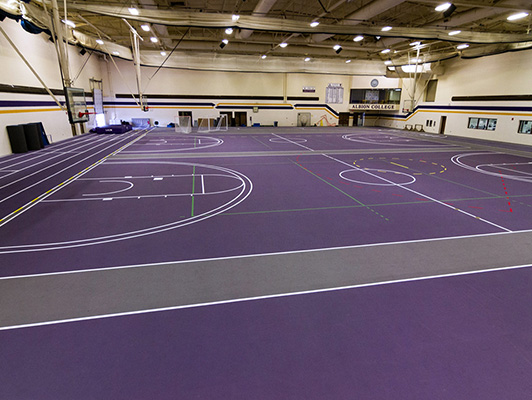Cleaning items from storage
Everybody has possessions. And some of us have more possessions than most. After all, our belongings define who we are as people. Those who choose to have a minimalist lifestyle will necessarily have fewer possessions, and those who tend to steer far more towards a cluttered existence will have lots of possessions scattered around. And occasionally these belongings will be an inconvenience and will need to be transferred to storage. This could be somewhere as simple as the roof of your property, or it could be an entirely separate building that you rent specifically to accommodate your belongings. There are many storage options available for your needs, depending on what level of space you need. However – it may seem like an ideal solutionA solution is a homogeneous mixture of two or more substance... More but the reality is slightly different. You can put your belongings somewhere for safekeeping but can you be certain what state they will be in when you get them back?
The first thing to remember is that preventionPrevention refers to actions taken to reduce the likelihood ... More is better than cure. So when you are preparing your belongings to be packed away, ensure that you protect them as best you can. Layers of bubble wrap and newspaper for fragile items and just newspaper for the items that are not so fragile. This will pay dividends in the long run. You should also equip yourself with the things that you will need for cleaning. This will include a soft brush, a spongeA sponge is a porous material used to absorb liquids or clea... More, a bowl of warm, soapy water (mild soap) and a clean cloth or towel. It’s probably a good idea to keep a rigid brush handy too for stubborn marks.

The first thing you should do when you retrieve your items is to un-wrap them carefully. This will prevent any dust or detritus that has settled on the packaging from transferring to the item beneath. Once you are holding the possession in your hands, take the soft brush and gently use it to remove any lingering dust or scraps of material. Pay especial attention to any cracks or ridges, and make sure that you turn the item regularly so that every angle is covered. For any sticky marks or ingrained dirt you can use the rigid brush, or a scourer for smaller items, to try and remove the worst before you reach for the soap and water.
Next up, washing time! Obviously where this is concerned, use your sensibilities to determine what can actually be washed and what can’t. Do not attempt to wash things that do not tolerate water – such as leather and suede – for these you will have to find an alternative cleaning method. But for those things that can safely be washed this is a good approach and one which will secure the best results.
Washing items in warm, soapy water – and preferably with a mild disinfectantA disinfectant is a chemical substance used to kill or inact... More – is far more important than most people recognize. The reason for this is that when items are stored in a place where they can get dusty, they can be affected by the clostridium bacteria. This is found in dust and, if ingested, can cause food-poisoning type symptoms like severe diarrhoea and vomiting. So do not be tempted to cut corners. It is extremely important that you are thorough. Then, once the items are washed, dry them carefully with the towel and then they will be ready to be returned to everyday use.
For the larger items that there will probably be, a hose down in the garden is the best approach. Use only a light spray but this is the most comprehensive method of removing dirt. Try and choose a sunny day to carry this out so that the extra heat works to your advantage after cleaning.
Source: http://www.carpetcleaningcleaner.co.uk/carpet-cleaner-wimbledon/rug-cleaners-wimbledon.html












